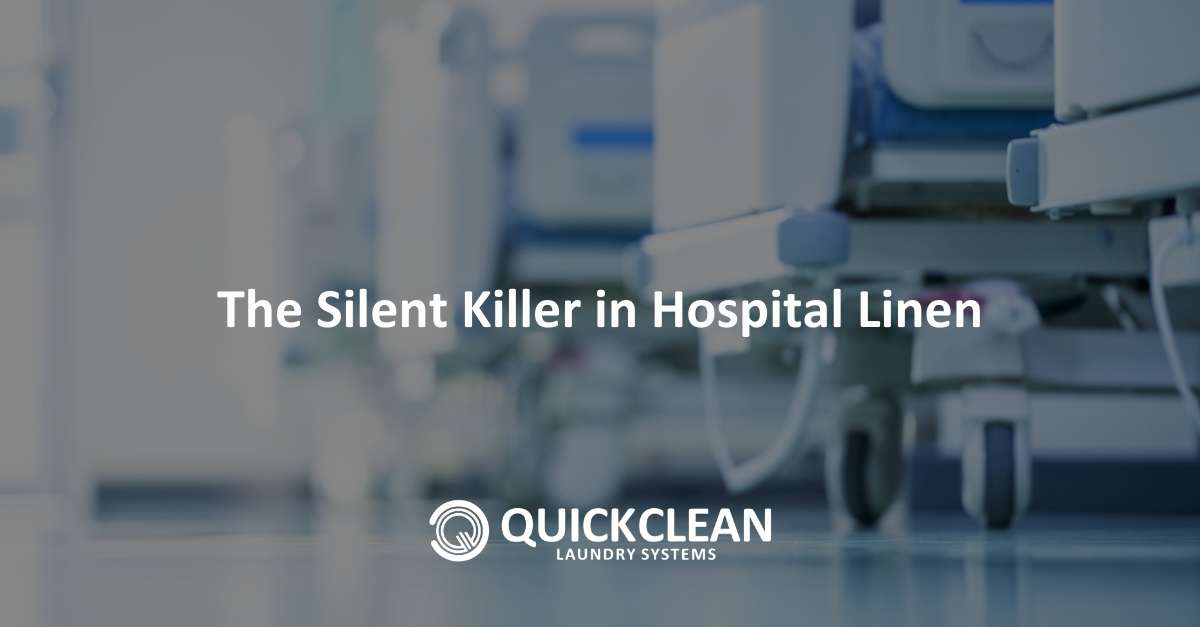
The Silent Killer in Hospital Linen: Why Leading Hospitals Must Act Now
India’s Most Trusted Hospitals are known for spotless corridors, advanced ICUs, and cutting-edge machines. Yet one critical element often goes unnoticed:
Patients may never touch an MRI or surgical robot — but they spend every moment of their stay in contact with linen. From the beds they rest on to the gowns they wear, linen is the one element that never leaves their side. And if it isn’t managed with strict infection-control practices, it can quietly become a major source of hospital-acquired infections (HAIs).
The Invisible Risk in Linen
The World Health Organization (WHO) reports that 7–10% of patients admitted to hospitals develop HAIs.
The CDC warns that up to 25% of these cases can be traced to contaminated linen.
That means a quarter of infections may come from something as ordinary as a bedsheet or patient gown.
The Pathogens Hiding in Fabric Include:
-
MRSA
Can cause surgical site infections, sepsis, and skin infections.
-
E. coli & Klebsiella
Responsible for bloodstream infections, pneumonia, and urinary tract infections (UTIs).
-
Clostridium difficile
Leads to life-threatening diarrhea and colitis.
-
Candida & Aspergillus
Can trigger bloodstream and respiratory infections.
Why Traditional Laundry Fails Hospitals
Commercial laundry systems, designed for hotels or hostels, fall dangerously short in clinical environments because:
-
Dirty and clean linen often mix
This enables invisible cross-contamination between soiled and supposedly clean items.
-
Wash cycles aren’t validated or monitored
Without verification, pathogens can survive unnoticed through the process.
-
No use of clinical-grade chemicals
Standard detergents can’t reliably neutralize healthcare-associated infections (HAIs).
-
No audit-ready documentation
Missing records create compliance gaps during NABH/JCI audits.
-
No true barrier separation
Germs can re-enter “clean” zones, defeating the purpose of the wash.
The outcome? Linen that looks spotless to the eye but may still spread infections.
Here Are 7 Reasons Hospitals Choose Quick Clean
-
14+ Years of Expertise
We run with defined healthcare SOPs, ensuring safety and compliance, serving AIIMS hospitals across locations.
-
Powered by Electrolux (Sweden)
We use Electrolux-certified barrier washers, manufactured in ISO 9001 & 14001 certified facilities, with international ergonomic certification and built-in traceability via Hygiene Watchdog & CMIS.
-
Validated by Ecolab
Every wash cycle is backed by Ecolab’s hospital-grade chemistry and hygiene audits. From AdvaCare™ disinfectants to the ProTEX360° program, linen is scientifically proven sterile.
-
Scalable Solutions
Whether a 100-bed hospital or a 5,000-bed medical institute, our on-premise laundry model is designed to scale seamlessly across facilities of any size.
-
Compliance-First Systems
Our processes align with NABH, JCI, and WHO guidelines, ensuring hospitals are always audit-ready by design.
-
End-to-End Support (Zero Capex Model)
We handle everything from machines to manpower—design, equipment, chemicals, training, service, and preventive maintenance. With our Zero Capex model, you just pay per kg.
-
Faster TAT & Efficiency
Our laundries deliver rapid turnaround times and optimized workflows, helping hospitals maintain continuous linen supply without compromising hygiene.
Preferred Partner of India’s Leading Hospitals


Hospital-acquired infections do not always originate in operating theaters or ICUs. Often, they begin with something as ordinary as a sheet, a gown, or a towel.
By adopting scientifically validated laundry systems, hospitals can reduce infection risks, maintain compliance with NABH/JCI/WHO, and protect the trust patients place in them. In an era where healthcare standards are rising, even the simplest details — like how linen is managed — can make all the difference to patient safety and institutional reputation.
Join India’s leading hospitals that trust Quick Clean



